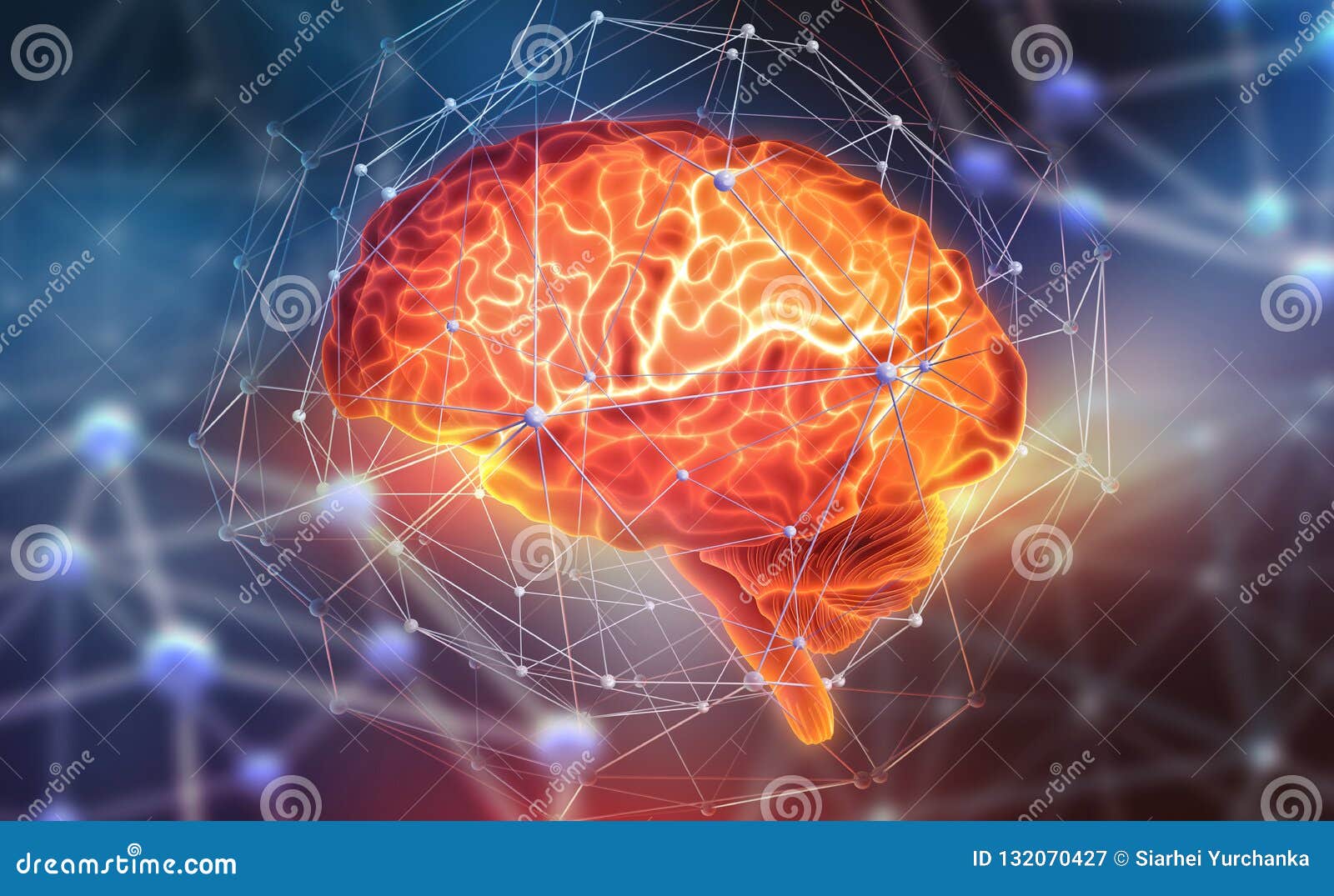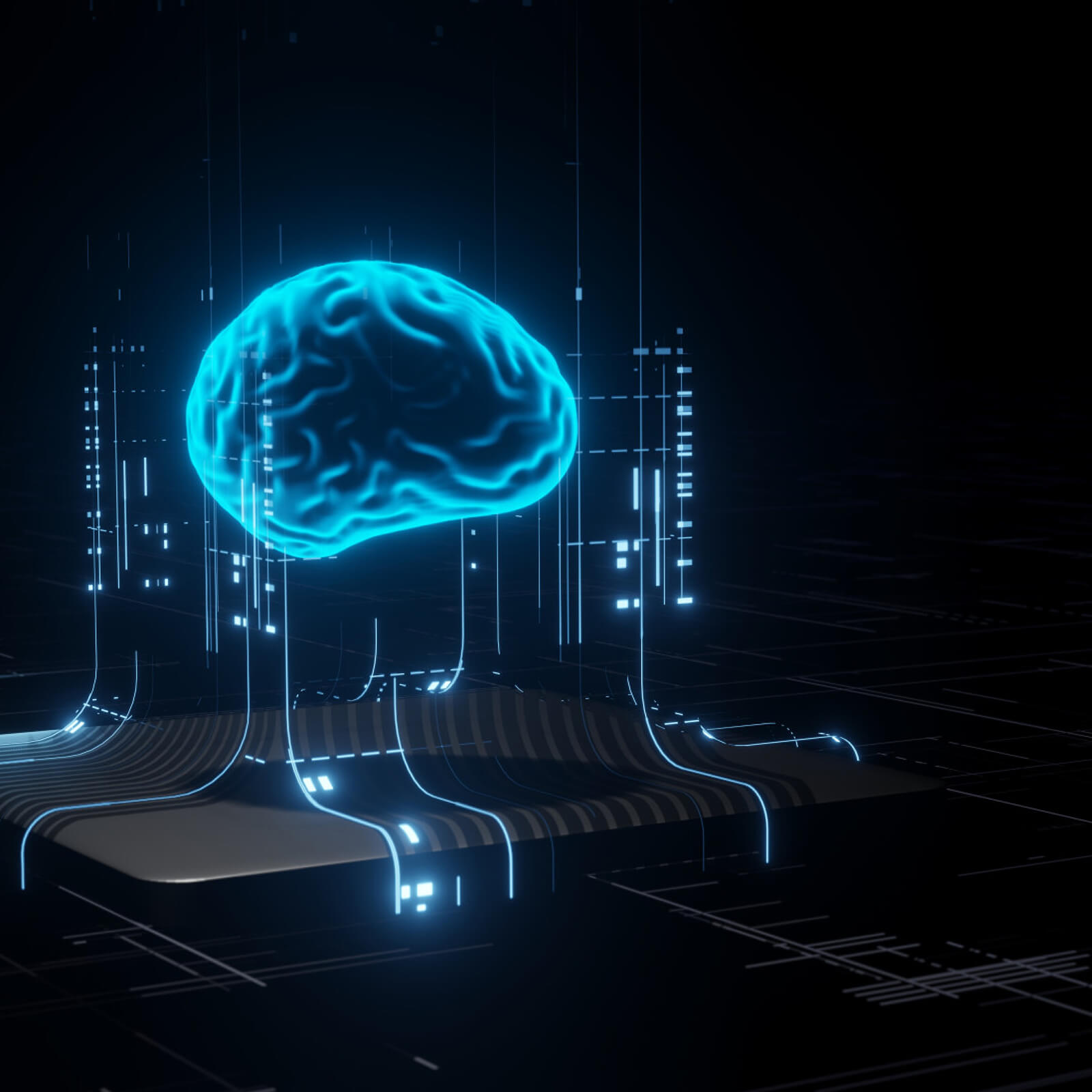Have you ever wondered how computers can truly think and make decisions? As artificial intelligence reshapes our world, two distinct approaches have emerged in the quest to create thinking machines: Symbolic AI and Connectionist AI. Their ongoing rivalry represents one of the most fascinating debates in computer science.
Traditional Symbolic AI, often called ‘classical AI,’ operates like a meticulous logician, using explicit rules and symbols to navigate problems. Picture a chess computer, methodically evaluating moves based on predefined strategies. In contrast, Connectionist AI functions more like the human brain itself, learning patterns from vast amounts of data through neural networks that grow smarter with experience.
As reported by Forbes, this divergence in approach has sparked intense debate about the future of artificial intelligence. While Symbolic AI offers the advantage of explainable decision-making, Connectionist AI has demonstrated remarkable breakthroughs in everything from predicting financial markets to powering autonomous vehicles.
Today, as AI systems make increasingly critical decisions affecting our lives – from loan approvals to medical diagnoses – understanding these two paradigms has never been more important. This article will explore their unique strengths, inherent limitations, and the emerging possibility of hybrid approaches that combine the best of both worlds.
The debate between two divergent schools of thought in the underlying architecture of AI systems is starting to ask a new question: Why not both?
As we stand at the crossroads of AI evolution, the choice between Symbolic and Connectionist approaches – or their potential combination – will shape not just technology, but the very future of human-machine interaction. Let’s dive deeper into these transformative approaches to artificial intelligence.
Understanding Symbolic AI
Symbolic AI represents one of the foundational approaches to artificial intelligence, operating through explicitly defined rules and logical reasoning rather than learning from data patterns. Also known as rule-based AI, this methodology relies on human-readable symbols and precise logical frameworks to process information and make decisions.
Symbolic AI works like a sophisticated reasoning engine, processing information through clearly defined rules and logical structures. Imagine a medical diagnosis system that follows a series of logical steps: if a patient presents with specific symptoms, the system applies predefined rules to reach a diagnosis, much like an experienced doctor following established medical protocols.
The power of symbolic AI lies in its ability to handle complex logical operations with remarkable precision. In environments where formal reasoning and well-defined rules govern decision-making, such as legal analysis or financial compliance, symbolic AI excels by applying clear, traceable logic to reach conclusions. This transparency makes it particularly valuable in fields where decisions must be explainable and auditable.
Knowledge representation forms a crucial component of symbolic AI systems. These systems organize information in structured knowledge bases, using formal logic to create relationships between different concepts. For example, in a legal expert system, rules might connect specific conditions to legal consequences, allowing the system to provide reasoned legal opinions based on input scenarios.
While symbolic AI offers unparalleled clarity in its decision-making process, it faces certain limitations. The system can only operate within the boundaries of its predefined rules and struggles with ambiguous situations that require human-like intuition. Think of it like a chess computer that knows every possible move according to the rules but might miss the creative strategies that make human grandmasters unique.
Expert systems represent one of the most successful applications of symbolic AI. These specialized programs capture the knowledge of human experts in specific domains, translating their expertise into logical rules that can be systematically applied to solve problems. From medical diagnosis to financial planning, expert systems continue to prove their value in situations where rule-based decision-making is essential.
The enduring relevance of symbolic AI lies in its ability to provide clear, logical reasoning paths that can be verified and adjusted when needed. In an era where AI accountability is increasingly important, the transparent nature of symbolic AI offers a compelling advantage for applications where decision-making processes must be explainable and reliable.
Examining Connectionist AI


Deep within the architecture of modern artificial intelligence lies an approach that mirrors the most sophisticated computing system we know – the human brain. Connectionist AI, built on neural networks, operates through an intricate web of artificial neurons that communicate and adapt much like the billions of neurons firing in our own minds.
At its core, these artificial neural networks function through layers of interconnected nodes, each one serving as a simplified version of a biological neuron. Just as brain cells strengthen their connections through repeated use, these artificial neurons adjust their relationships through a process called weighted learning. When you show the network a pattern – whether it’s an image, sound, or data sequence – it strengthens or weakens these connections based on how accurate its predictions are.
The true power of connectionist systems lies in their ability to recognize complex patterns that traditional computers struggle with. A prime example of this capability is how neural networks excel at tasks like facial recognition, language processing, and adapting to new situations – abilities that come naturally to humans but have long challenged conventional computing approaches.
What makes these systems particularly fascinating is their capacity for parallel processing. Unlike traditional computers that handle tasks one at a time, neural networks process information simultaneously across thousands or millions of artificial neurons. This parallelism enables them to handle complex problems with remarkable efficiency, much like how our brains can instantly recognize a friend’s face while simultaneously processing their voice and body language.
Perhaps most remarkably, connectionist AI systems demonstrate an almost organic ability to learn from experience. Rather than following rigid, pre-programmed rules, these networks develop their own internal representations of the world through exposure to training data. They can even generalize from past experiences to handle entirely new situations – a fundamental aspect of human intelligence that has long eluded traditional AI approaches.
Key Differences Between Symbolic AI and Connectionist AI
Artificial intelligence has evolved along two distinct paths: Symbolic AI and Connectionist AI. These approaches represent fundamentally different ways of creating intelligent systems, each with unique strengths and applications. Symbolic AI, often called classical AI, operates through explicit rules and logical structures. Think of it as a sophisticated chess player who follows clearly defined rules to make decisions. It excels at tasks requiring precise reasoning and explicit knowledge representation, such as medical diagnosis systems or tax calculation software. The beauty of Symbolic AI lies in its transparency—every decision can be traced back to specific rules.
In contrast, Connectionist AI takes inspiration from the human brain’s neural networks. According to research from InterProbe Information Technologies, these systems learn patterns from vast amounts of data rather than following predefined rules. Imagine a child learning to recognize cats not through memorizing rules about what makes a cat, but by seeing thousands of cat pictures and naturally developing an understanding of their features.
The knowledge representation between these approaches couldn’t be more different. Symbolic AI stores information in human-readable symbols and logical statements, making it easy to audit and modify. Connectionist systems, however, distribute knowledge across networks of artificial neurons, making them more adaptable but harder to interpret. While Symbolic AI excels in tasks that require explicit knowledge and logical reasoning, Connectionist AI shines in pattern recognition, adaptive learning, and handling large amounts of data.
Perhaps the most striking difference lies in how these systems learn and adapt. Symbolic AI requires human experts to manually encode rules and knowledge, making it precise but labor-intensive to update. Connectionist systems learn automatically from examples, allowing them to handle new situations more flexibly, though they may require significant computing resources and training data.
| Feature | Symbolic AI | Connectionist AI |
|---|---|---|
| Knowledge Representation | Human-readable symbols and logical statements | Distributed across networks of artificial neurons |
| Learning Method | Manually encoded rules and knowledge | Automatically learns from examples |
| Strengths | Explainability, logical reasoning, precise decision-making | Pattern recognition, adaptive learning, handling large data |
| Weaknesses | Labor-intensive to update, struggles with ambiguous situations | Opaque decision-making, high computational requirements |
| Applications | Medical diagnosis, legal analysis, financial compliance | Image recognition, natural language processing, fraud detection |
Modern AI applications increasingly recognize that neither approach alone is perfect. Many cutting-edge systems now combine both paradigms, leveraging the logical precision of Symbolic AI with the pattern-recognition capabilities of Connectionist approaches. This hybrid approach promises to deliver more robust and capable AI systems that can both reason logically and learn from experience.
Applications and Use Cases
Symbolic AI and Connectionist AI excel in distinct applications, leveraging their unique strengths to solve different problems. Expert systems, a successful application of Symbolic AI, use logical rules and knowledge representation to emulate human decision-making in domains like medical diagnosis and financial planning.
In healthcare, for example, Symbolic AI powers diagnostic systems that combine medical knowledge with logical reasoning to analyze symptoms and suggest potential diagnoses. These systems excel at tasks requiring explicit reasoning and can explain their decision-making process step by step—a crucial feature in medical applications where transparency is essential.
Connectionist AI shines in pattern recognition tasks where rules are difficult to define explicitly. Image recognition stands out as a prime example, with neural networks capable of identifying objects, faces, and complex visual patterns with remarkable accuracy. These systems learn from examples rather than following predefined rules, making them ideal for tasks involving unstructured data like photographs, videos, or natural language.
The financial sector demonstrates how both approaches can complement each other. While Symbolic AI handles rule-based compliance checking and risk assessment, Connectionist AI excels at detecting unusual patterns in transaction data for fraud detection. This combination of explicit reasoning and pattern recognition creates more robust and versatile systems.
Manufacturing industries also benefit from both approaches. Symbolic AI manages quality control protocols and production scheduling through explicit rules, while Connectionist AI handles visual inspection tasks and predictive maintenance by learning from historical equipment data. The integration of these technologies has led to smarter factories with improved efficiency and reduced downtime.
Modern applications increasingly combine both approaches to leverage their complementary strengths. For instance, autonomous vehicles use Connectionist AI for visual perception and obstacle detection, while relying on Symbolic AI for navigation planning and decision-making based on traffic rules. This hybrid approach enables both learning from experience and adherence to explicit safety protocols.
The future of AI lies not in choosing between symbolic and connectionist approaches, but in combining their strengths to create more capable and trustworthy systems
Geoffrey Hinton, AI Pioneer
Hybrid Approaches: Combining Symbolic and Connectionist AI
The fusion of symbolic and connectionist AI creates a powerful hybrid approach that mirrors how humans think and solve problems. Like combining the analytical skills of a chess grandmaster with the intuitive pattern recognition of an artist, hybrid AI systems leverage the complementary strengths of both paradigms to achieve more sophisticated and adaptable solutions.
This innovative combination pairs neural networks’ exceptional ability to recognize patterns and learn from vast amounts of data with symbolic AI’s capacity for logical reasoning and explicit rule-based decision making. For example, in autonomous vehicles, hybrid systems use neural networks to process sensor data and identify objects on the road, while symbolic reasoning helps make logic-based decisions about navigation rules and safety protocols.
In healthcare, hybrid AI approaches have shown remarkable success in medical diagnostics. These systems can analyze medical imaging data through neural networks while applying symbolic reasoning to consider established medical knowledge and protocols, leading to more accurate and explainable diagnoses that doctors can trust.
The adaptability of hybrid systems particularly shines in complex environments where rules and patterns constantly evolve. In cybersecurity applications, neural networks detect unusual patterns in network traffic, while symbolic components apply security rules and protocols to determine if these patterns represent genuine threats. This combination enables systems to both learn from new attack patterns and maintain consistent security policies.
Perhaps most importantly, hybrid approaches address one of AI’s biggest challenges: explainability. While neural networks often operate as black boxes, making decisions difficult to interpret, the symbolic component provides clear logical reasoning paths. This transparency is crucial in regulated industries like finance and healthcare, where understanding AI decisions can be as important as the decisions themselves.
Conclusion and Future Directions


Symbolizing advanced hybrid AI systems in a digital realm. – Via piserve.com
The interplay between Symbolic and Connectionist AI signals a transformative shift in artificial intelligence development. As the limitations of using either approach in isolation become apparent, the industry gravitates toward hybrid solutions that leverage the strengths of both paradigms.
The transparent reasoning of symbolic systems combined with the pattern-recognition capabilities of neural networks opens new possibilities for robust, explainable AI systems. Recent research has demonstrated that hybrid approaches can enhance both performance and trustworthiness in critical applications, from healthcare diagnostics to autonomous systems. This synthesis addresses fundamental challenges in AI development, such as the need for explainability in high-stakes decisions and the ability to handle both structured rules and unstructured data effectively.
The evolution toward hybrid architectures is a practical necessity for building more capable and reliable AI systems. By combining symbolic reasoning’s logical clarity with connectionist learning’s adaptability, organizations can develop solutions that are both powerful and transparent. This convergence enables AI systems to tackle complex real-world problems while maintaining accountability and trustworthiness.
The field of artificial intelligence stands at a pivotal moment. The integration of symbolic and connectionist approaches, supported by platforms like SmythOS, provides developers with the tools to create more sophisticated and versatile AI solutions. This hybrid framework offers a promising path forward, enabling the development of AI systems that can reason logically, learn from experience, and adapt to new challenges while maintaining explainability and reliability.
The success of AI implementations will increasingly depend on how effectively we can harness the complementary strengths of both approaches. The future belongs to those who can skillfully blend these paradigms, creating AI systems that are not only more capable but also more aligned with human reasoning and ethical considerations.
